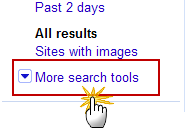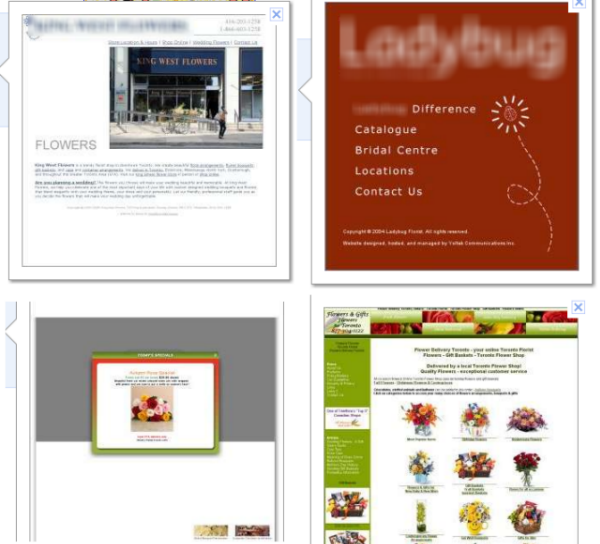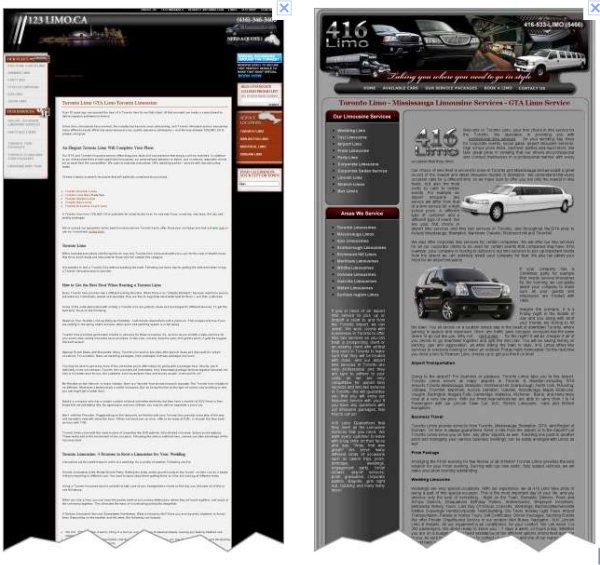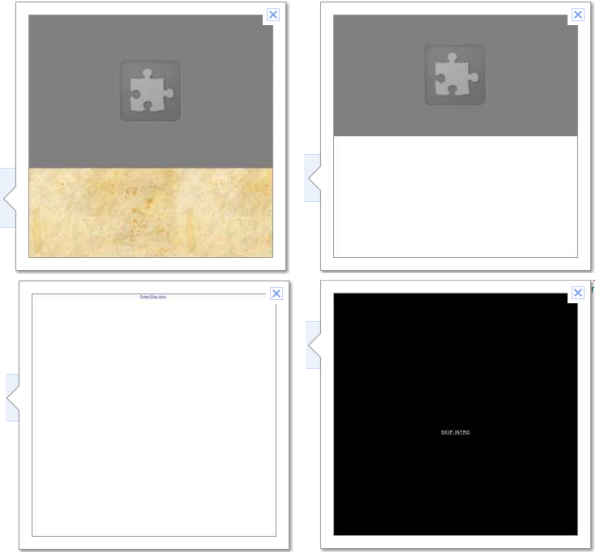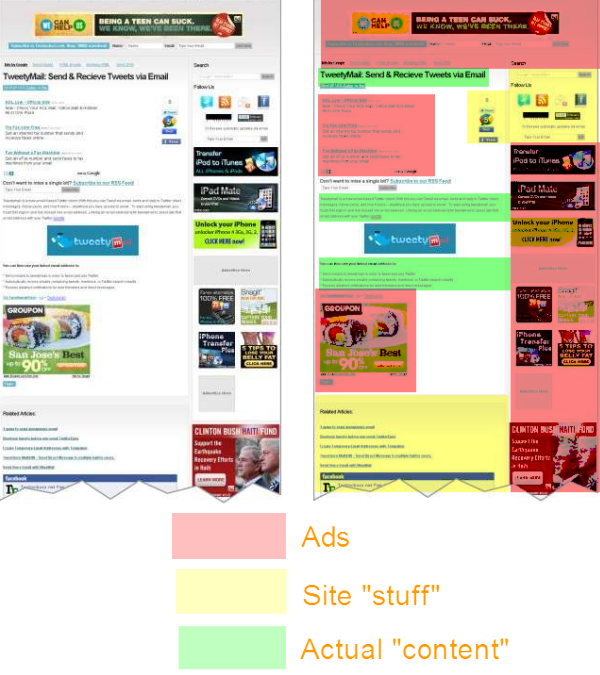Google has announced the introduction of “instant preview”; the availability of a small screenshot of a webpage, custom-tailored to highlight your search, and visible from the Google search page itself by clicking the icon of a magnifier ![]()

How Google Instant Previews Works
- perform your search
- click on the magnifier
- see a thumbnailed screenshot of the page in question with your search term extracted
Note: once you have a clicked one of the magnifiers, the other ones on the page all become “active” and simply holding your mouse over them will show their previews.
The experience is seamless and blazingly fast.
With Instant Previews, we match your query with an index of the entire web, identify the relevant parts of each webpage, stitch them together and serve the resulting preview completely customized to your search—usually in under one-tenth of a second. Once you click the magnifying glass, we load previews for the other results in the background so you can flip through them without waiting.
When the graphic of the webpage is too long, Google cuts it in pieces, showing torn edged to indicate parts that have been removed.
How To Enable Google Instant Previews
While Instant Preview will likely become a standard search feature – as Instant Search has -- it is on pre-release at the moment.
You can enable Google Instant Previews in your browser by visiting this link.
After visiting that link Google appends the URL query parameter &esrch=instantpreviews to the URL of your searches. Simply adding that parameter yourself to any of your search result URL’s will also enable instant previews on that page.
Google Instant Preview: Revolutionary New Feature?
Conceptually: no, it isn’t. If anything it is an evolutionary feature.
Search engines before Google have experimented with previews of one type or another. The most recent example is Bing which uses an on-hover textual preview of the page:
Google itself has had a page preview option for over a year:
The Implications of Google Instant Previews
Seeing is believing – and so Google Instant Previews will change the way some searchers may interact with some search results. That in turn will change the way some businesses operate online.
- Direct results vs. Directory results
If you’re searching for a texas law office you might want to go to a company’s web site right away, not to a directory first. - Footer stuffing
Adding tons of “stuff” to your web page’s footer is not only so 90’s (like – previous millennium) … it will also look really weird on Google Instant Preview. - Again less reason to visit your page
Google steadily keeps providing more and more answers on their own Google search results page. In-screenshot highlighting of search terms is another way in which users can get a quick answer from you … while never actually visiting your page. - Web design more important
More than ever a good, clean, pleasant, enticing web site design will bring and keep visitors. Because honestly, when looking for Toronto flowers – which of these makes you click… and which doesn’t? - (Larger) images important
Images have always played a big role in visitor attraction and retention but with everything on your page scaled down to near nothingness in a preview thumbnail, images become a huge part of the message.Compare these two flower sites, one with regular size product previews and one with huge thumbnails.
Or again, compare these two Toronto limo service previews:
- Speed
Talking about images: make sure you got the speed to deliver. During our tests we’ve already seen more than one page that looks like this: - Don’t rely on Flash (or other additional web technology)
Keep it simple. Design your site from the ground up. Everything should work out of the box in plain vanilla HTML. Then you can add unobtrusive JavaScript which in turn can call all kinds of other fancy stuff. Because in the past, for now and for the long foreseeable future, many browsers and browser devices won’t do all the fancy stuff we want them to. That includes the page fetching Google does for Instant Previews. - No intro pages
This is already a given rule in web design. Start your web site. Don’t attempt to make an intro/welcome page after which the real site begins. Start your real site right away. If you don’t, you’ll look silly. - Inline pop-up/pop-overs make your site look creepy
We’ve all been there before. You visit a page when suddenly the screen dims and a pop-up message appears.
Well folks, here’s how that looks in Instant Preview – still so thrilled? - Ad “traps”/honeypots easier to spot
Who delivers and who doesn’t might be easier to spot for Instant Preview users.
What do you think Google Instant Previews will change?



